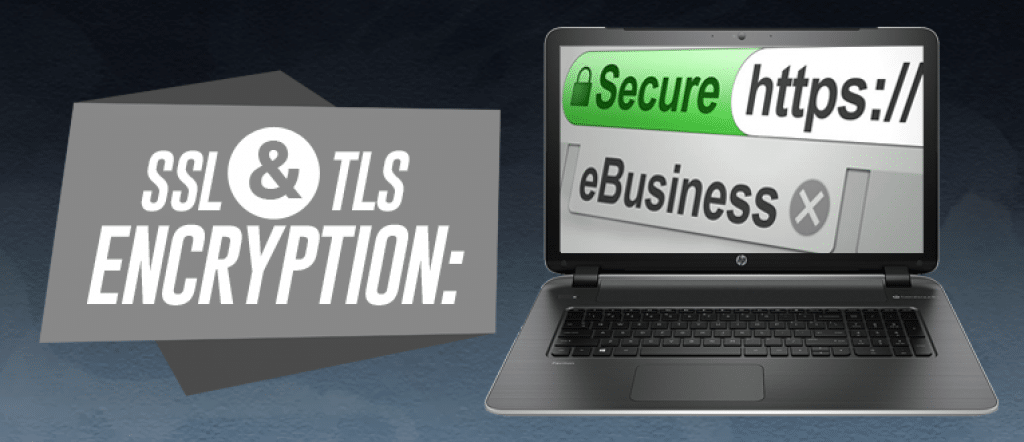What is SSL and TLS Encryption?
While using your web browser, you might notice the web address of some websites appearing as “https,” rather than the usual “http.”
You might also notice a small lock or padlock icon in the status bar of the web browser.
That signals a form of SSL or TSL encryption, meant to let you know your information will be protected from unwanted eyes.
A method of on-line encryption is called Secure Sockets Layer, or “SSL,” which was originally developed by Netscape.
It later evolved into Transport Layer Security, or “TLS,” as a popular security protocol.
While SSL and TLS are often used interchangeably, TLS is the modern form of encryption that evolved from SSL.
Encryption services like SSL and TLS are common with online stores, online bank accounts, or payment transfer services like PayPal, where a client and server might be exchanging private information for a purchase or other activity.
It also helps secure programs like email, instant messaging, and voice-over internet protocol.
TLS is now considered more secure than older SSL protocols.
It’s known to better prevent attacks and to protect against criminals who hope to steal your identity.
How does SSL and TLS Encryption work?
Imagine taking an order form from a catalog and filling it out with all of the information you wouldn’t want a criminal to have.
That could be a driver’s license number, perhaps, along with your bank account and credit card number to buy a product.
You place the information in an envelope, stamp it, and send it to the company, expecting the right people will receive your document and send you the item you want to buy.
For decades, before the Internet, that method was common.
The problem is, the information you sent faced the threat of being stolen by someone while en route to its final destination.
One thief could take your identity and your bank account data to use fraudulently, without you even knowing it happened, and they wouldn’t have a problem emptying your savings account.
But imagine if you were able to disguise your credit card information and all other sensitive data by scrambling it, so anyone who tried to steal it couldn’t decipher it.
Only the right person with the proper code encryption key could read the information.
While this explanation might seem simplified, it’s essentially what online encryption does for the data you want to share online.
So-called certificates and certificate authorities are a vital piece of the SSL and TLS encryption process.
When a web browser asks to access a secure site, a certificate is sent out to ensure there is a trusted, valid source involved in the process.
“Handshake” protocols allow a client to verify and authenticate a particular server to establish an encrypted connection.
After the process begins, the web browser will rely on a public key for the encryption process.
This helps introduce a form of confidentiality for the information that is being passed between your computer and the outside server.
Why is SSL and TLS encryption important?
Protecting your identity in the online market should be a top priority, and while you may not even realize it, more and more web sites are relying on secure transfers through TLS encryption.
When someone accesses your identity, your bank account or other private information, you risk losing money and having a damaged credit score.
That can lead to years of trouble as you try to fix the problems.
You’ll be forced to file police and identity theft reports, talk with your bank, and visit with creditors who might believe you owe them money.
In fact it was a thief who stole your sensitive information online.
The bottom line is that SSL and TLS encryption services are often seen as the last line of defense in online transactions, helping protect you and your identity when other security measures, such as firewalls and anti-virus, fail.[/vc_column_text][/vc_column][/vc_row]

